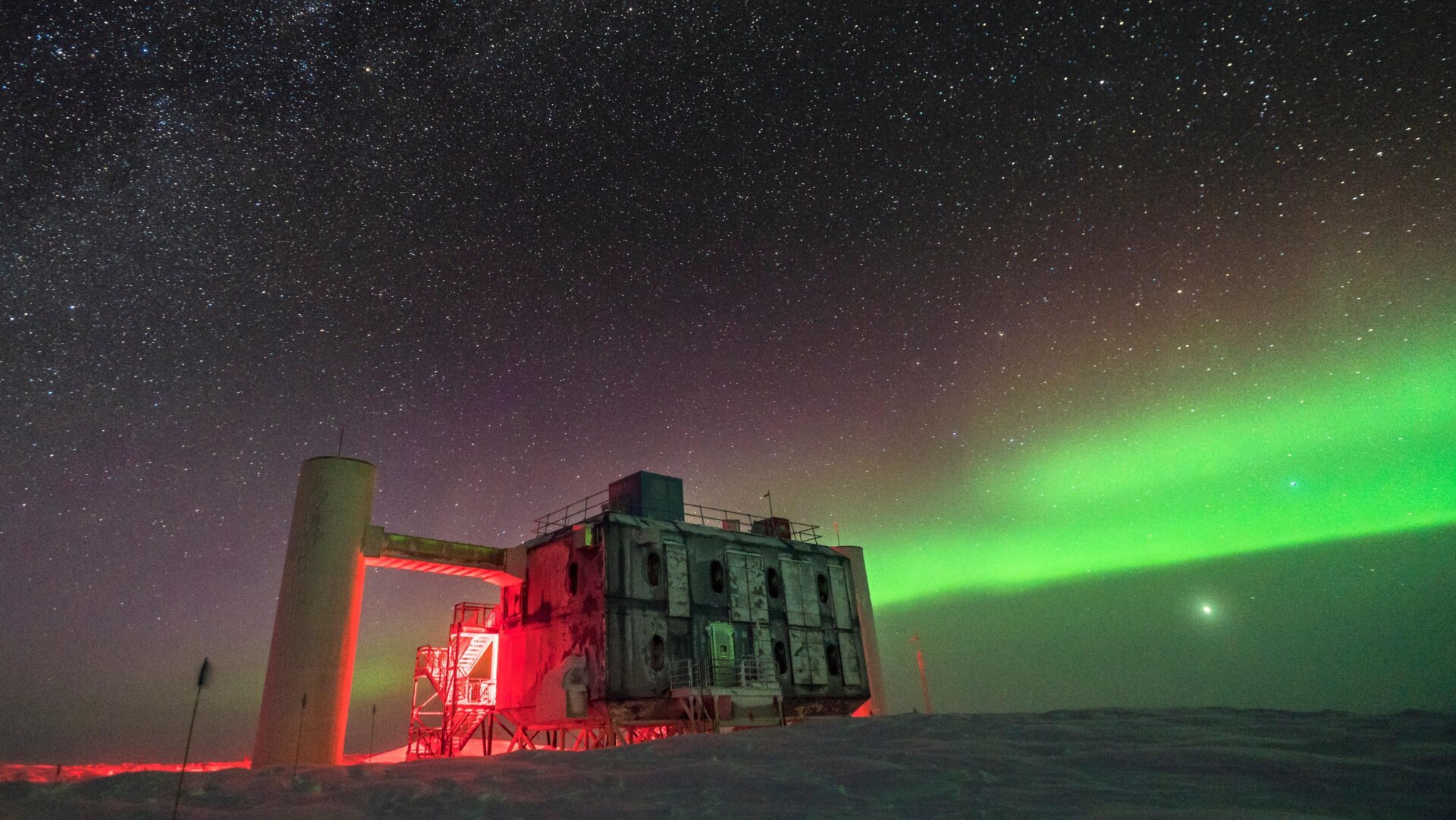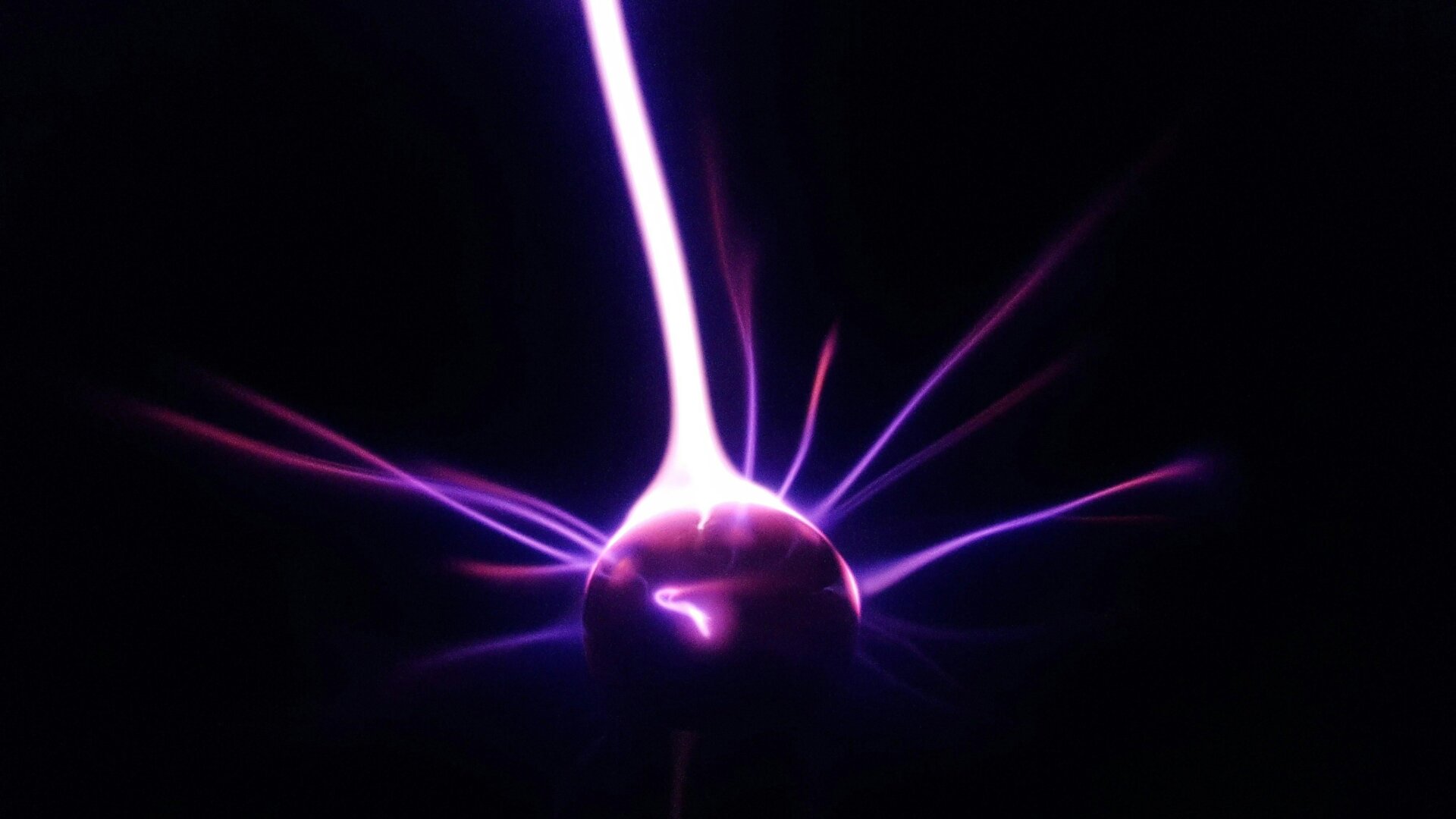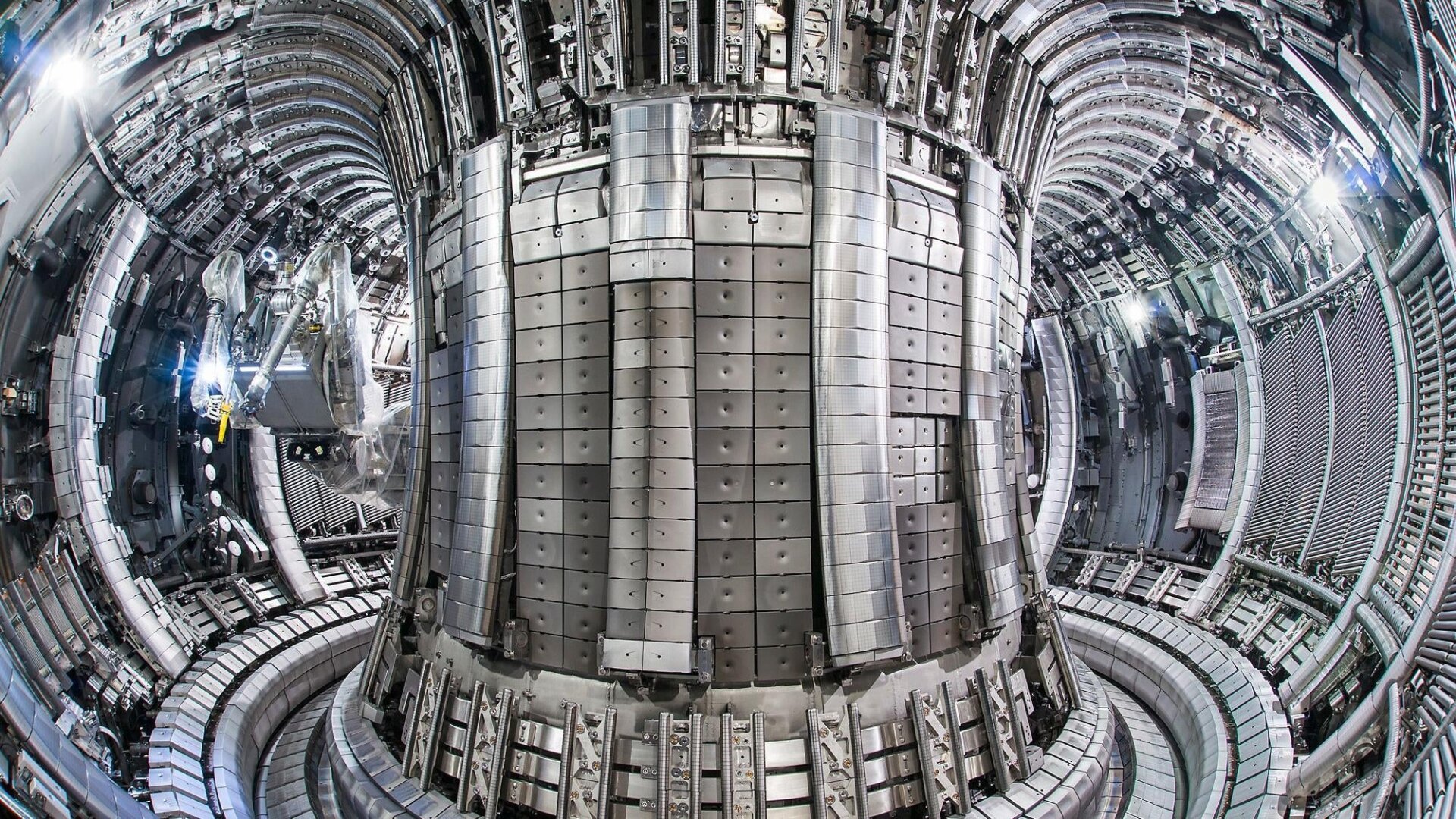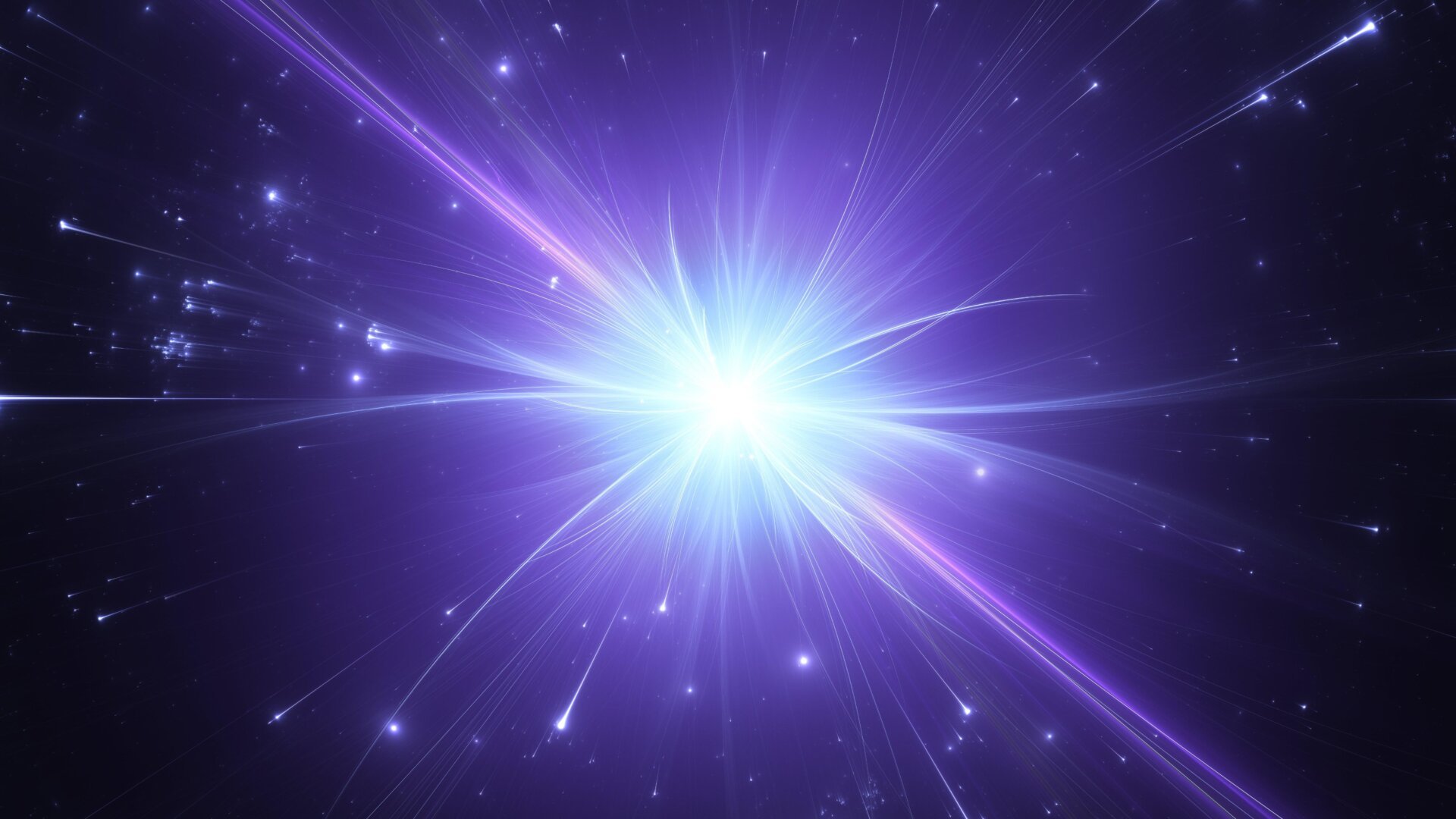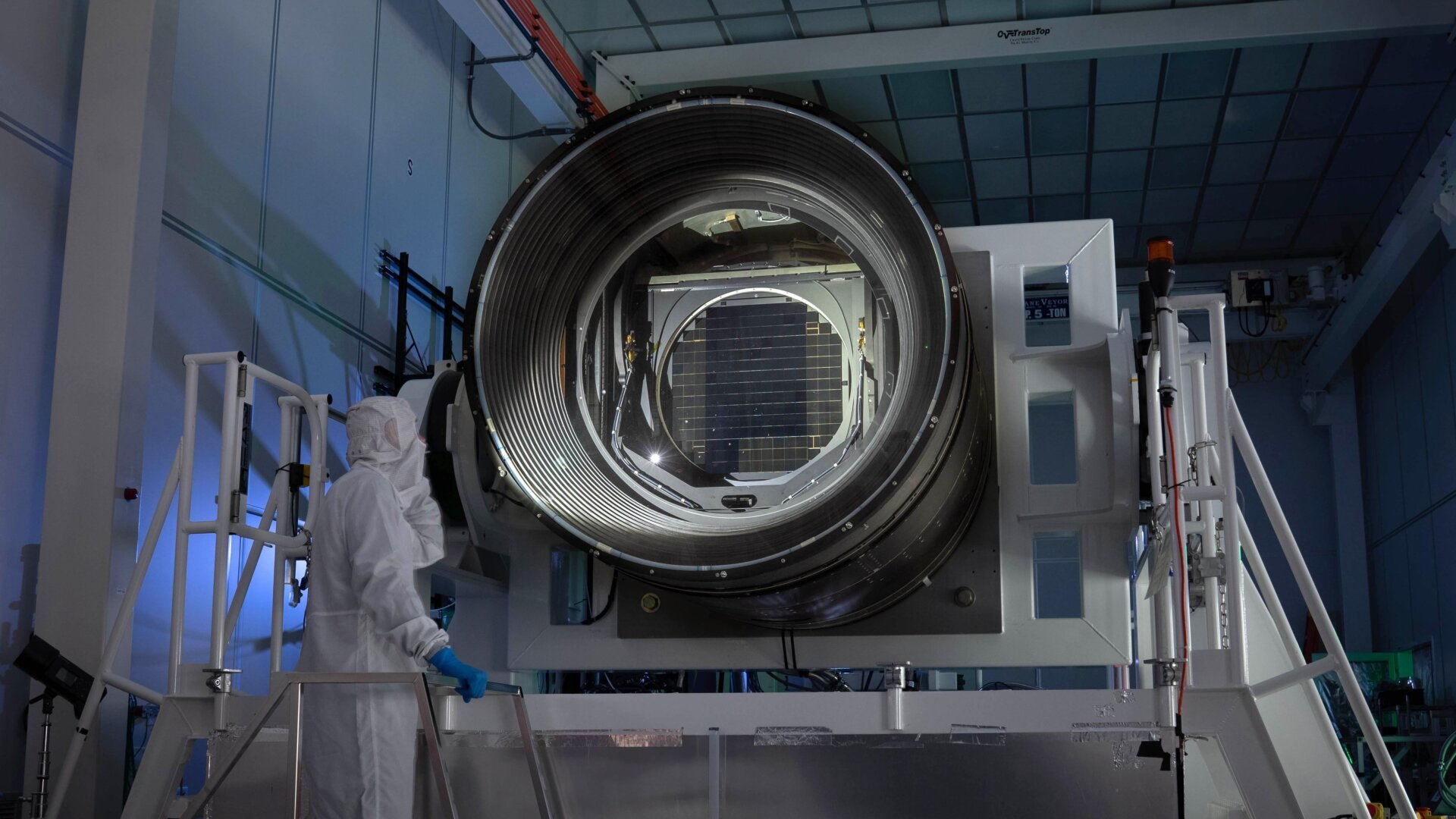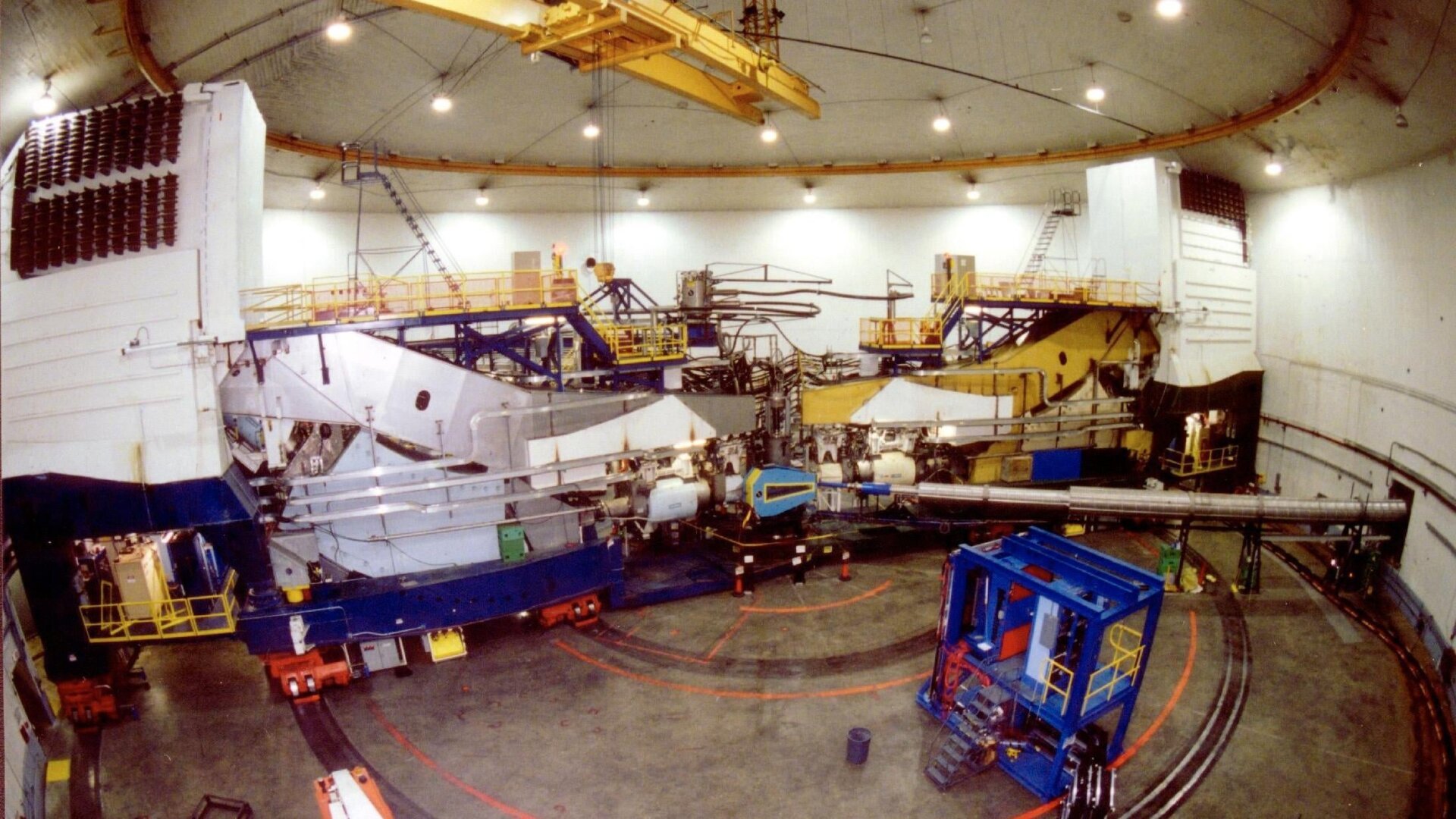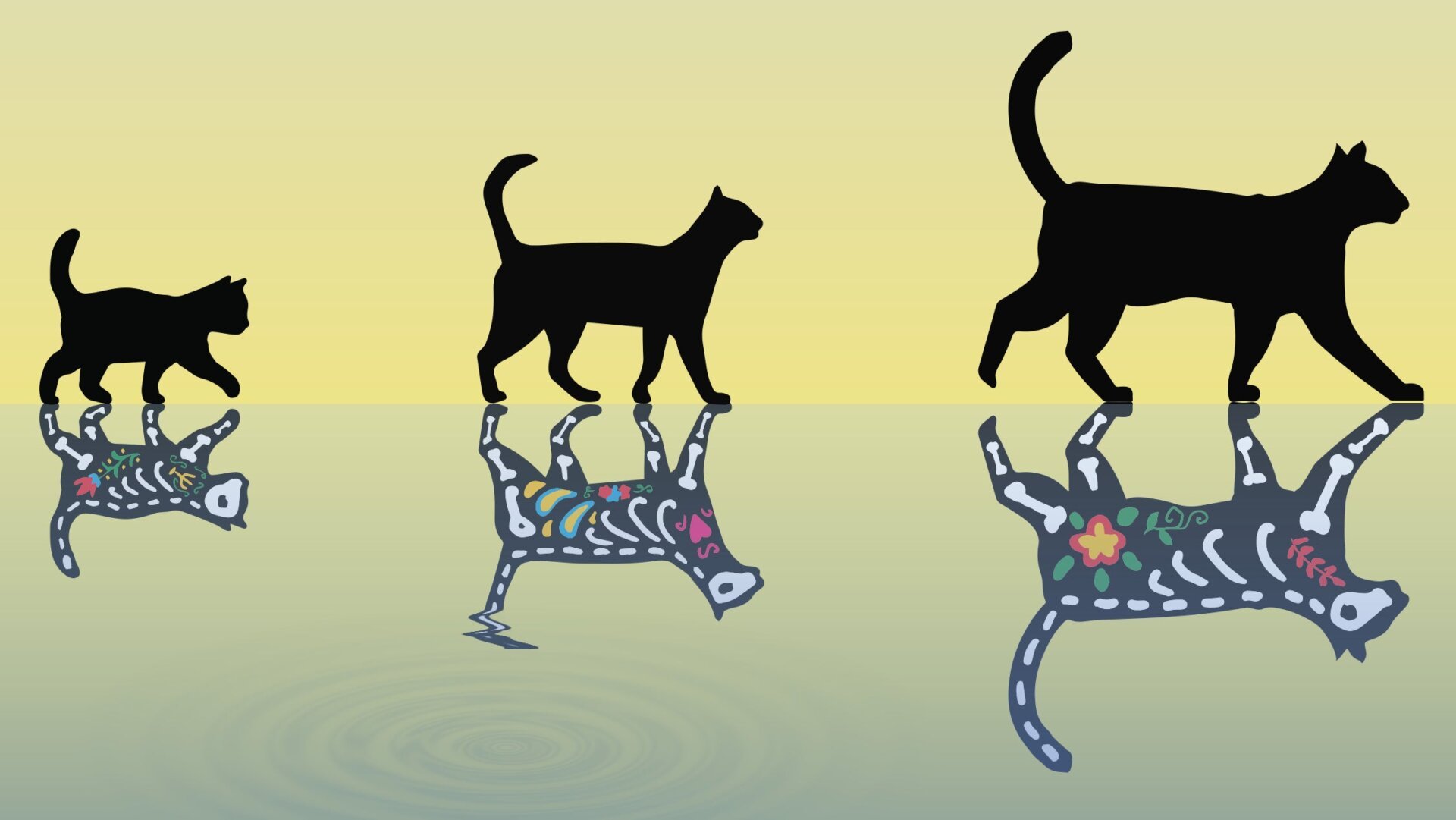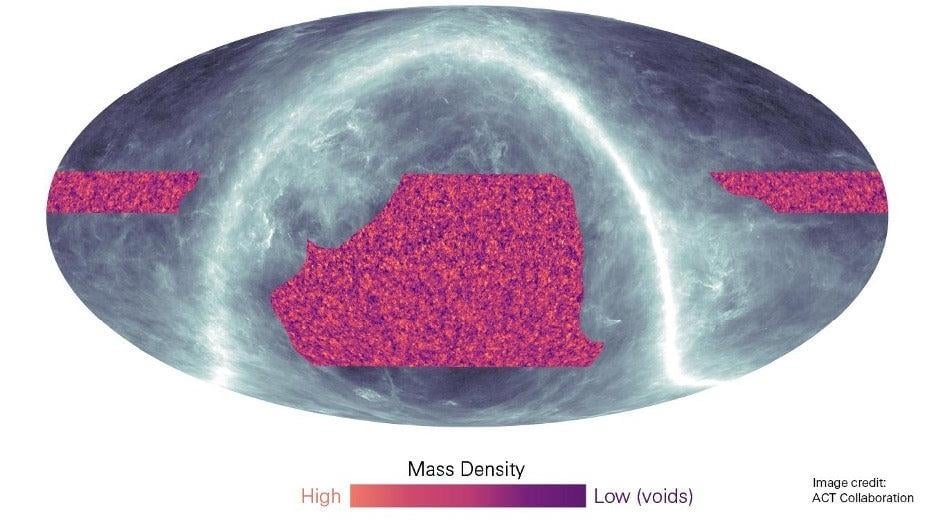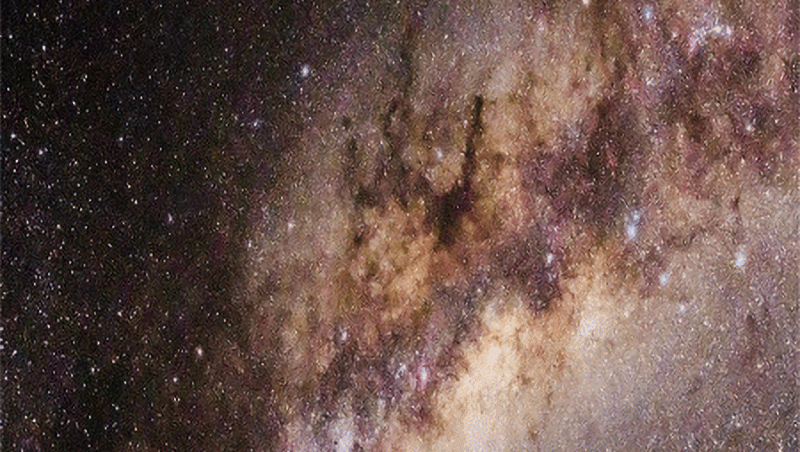Neutrinos, the lightest known particles with mass, constantly bombard us, with trillions passing through our bodies every second. The IceCube Neutrino Observatory, buried deep within the Antarctic ice, may have detected seven tau neutrinos, an elusive type of these subatomic particles originating from beyond our galaxy. This finding, detailed in a study soon to be published in Physical Review Letters and currently available on arXiv, represents a significant step in understanding these cosmic messengers.
The IceCube Neutrino Observatory has been collecting data for 9.7 years, highlighting the rarity of these tau neutrino detections. The observatory’s unique location and instrumentation allow it to detect the faint blue light flashes produced when neutrinos interact with ice molecules. This data has provided compelling evidence for the existence of a “diffuse astrophysical neutrino flux,” a dense stream of neutrinos emanating from distant cosmic sources.
This flux primarily consists of electron and tau neutrinos, with a smaller proportion of muon neutrinos. The detection of these tau neutrinos confirms earlier observations of this astrophysical neutrino flux and provides crucial insights into the composition of this cosmic stream.
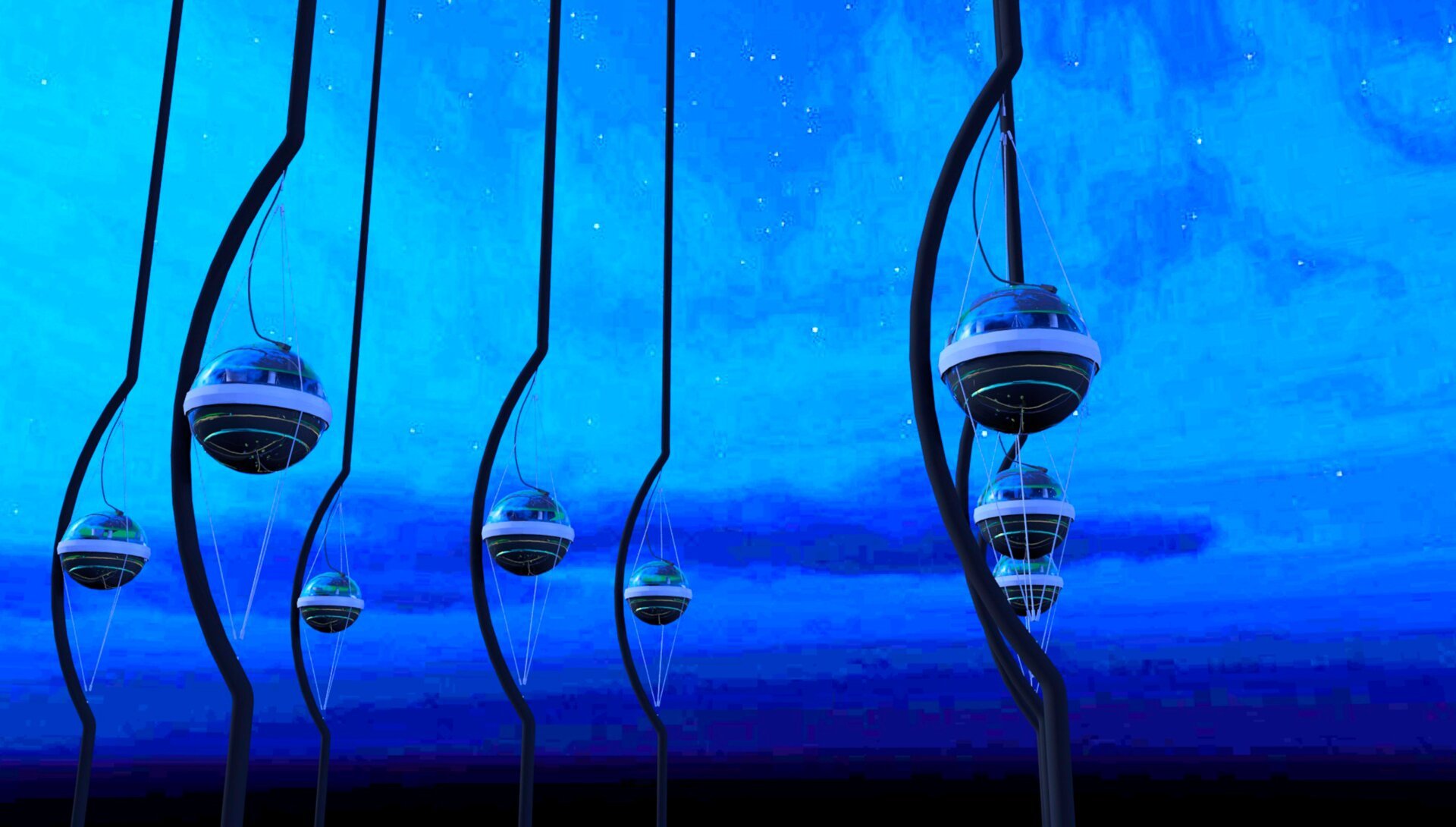 A rendering of the IceCube DOMs, buried under the ice.IceCube’s light-sensitive devices, called DOMs, are strung along cables deep beneath the Antarctic ice. These DOMs detect the faint blue light produced by neutrino interactions. Image Credit: Jamie Yang, IceCube Collaboration
A rendering of the IceCube DOMs, buried under the ice.IceCube’s light-sensitive devices, called DOMs, are strung along cables deep beneath the Antarctic ice. These DOMs detect the faint blue light produced by neutrino interactions. Image Credit: Jamie Yang, IceCube Collaboration
Doug Cowen, a physicist at Penn State University and a lead author of the study, explained the significance of these findings. The seven candidate tau neutrino events, coupled with the extremely low background noise, strongly suggest that these are genuine detections rather than random occurrences. The probability of background noise mimicking tau neutrino signals is less than one in 3.5 million. The team reports that the findings “rule out the absence of astrophysical [tau neutrinos] at the [5-sigma] level,” confirming their presence, albeit rare, in the universe.
While neutrinos are now directly observable, other hypothetical particles, like the axion, remain elusive. If discovered, these particles could potentially explain some of the universe’s dark matter.
 An illustration of the IceCube detector.The IceCube detector consists of thousands of DOMs embedded in the Antarctic ice, creating a massive neutrino telescope. Illustration: Jamie Yang, IceCube Collaboration
An illustration of the IceCube detector.The IceCube detector consists of thousands of DOMs embedded in the Antarctic ice, creating a massive neutrino telescope. Illustration: Jamie Yang, IceCube Collaboration
The Deep Underground Neutrino Experiment (DUNE), currently under construction in Lead, South Dakota, is another ambitious project aimed at furthering our understanding of neutrinos. DUNE’s detectors, located a mile underground, are expected to be operational in 2029, complementing the ongoing research at IceCube. The combined efforts of these two neutrino observatories promise to unlock further secrets of these enigmatic particles in the coming decades.
In conclusion, the detection of these seven potential tau neutrinos by the IceCube Observatory marks a crucial advancement in neutrino astronomy. This discovery solidifies previous observations of the diffuse astrophysical neutrino flux and deepens our understanding of the universe’s fundamental particles. With DUNE on the horizon, the future of neutrino research appears bright, promising even more groundbreaking discoveries in the years to come.



